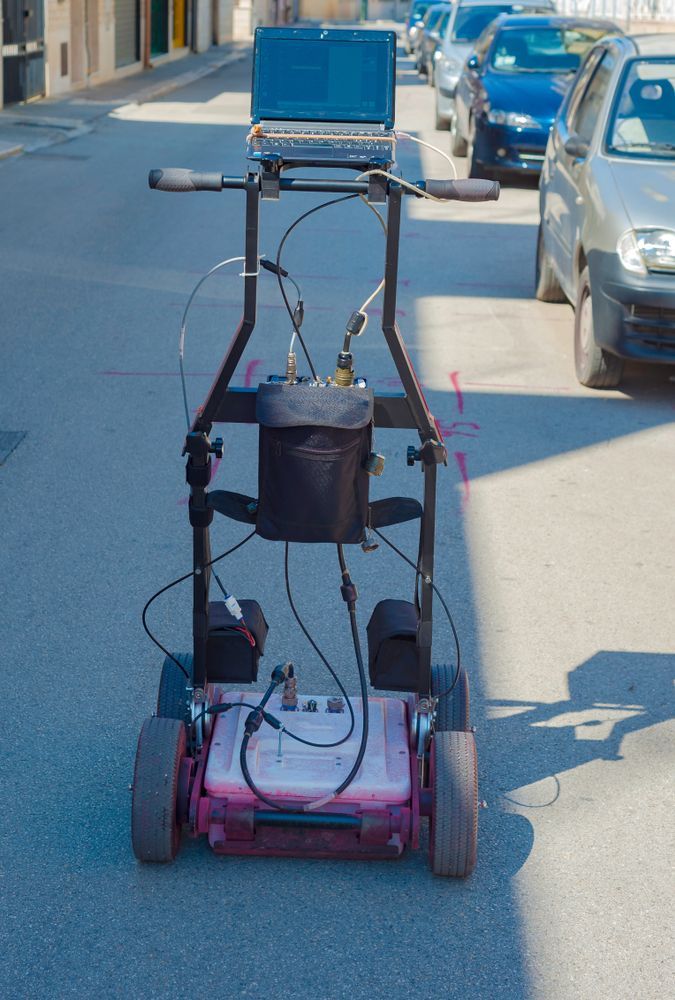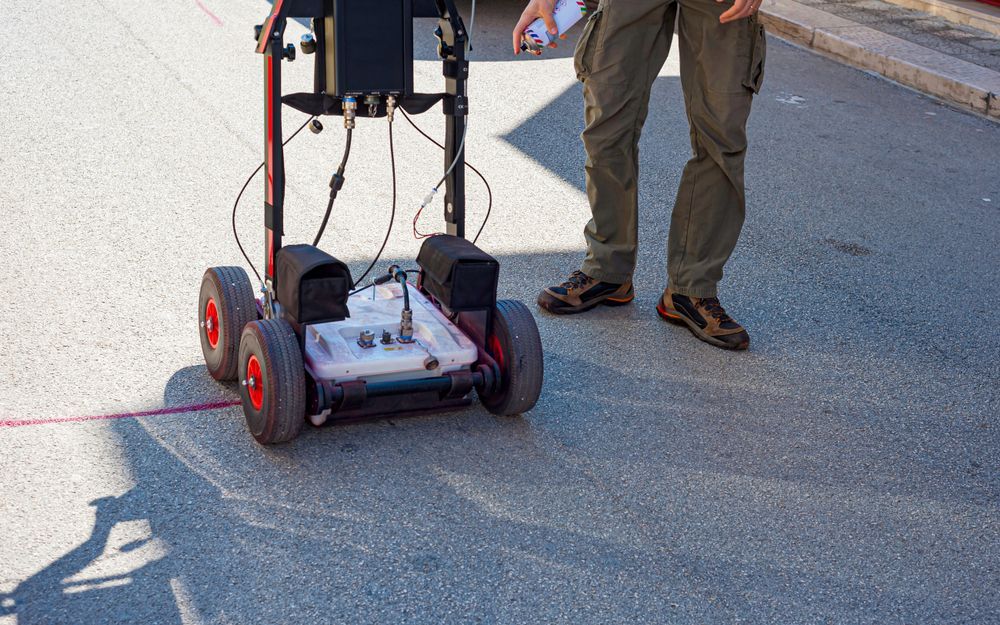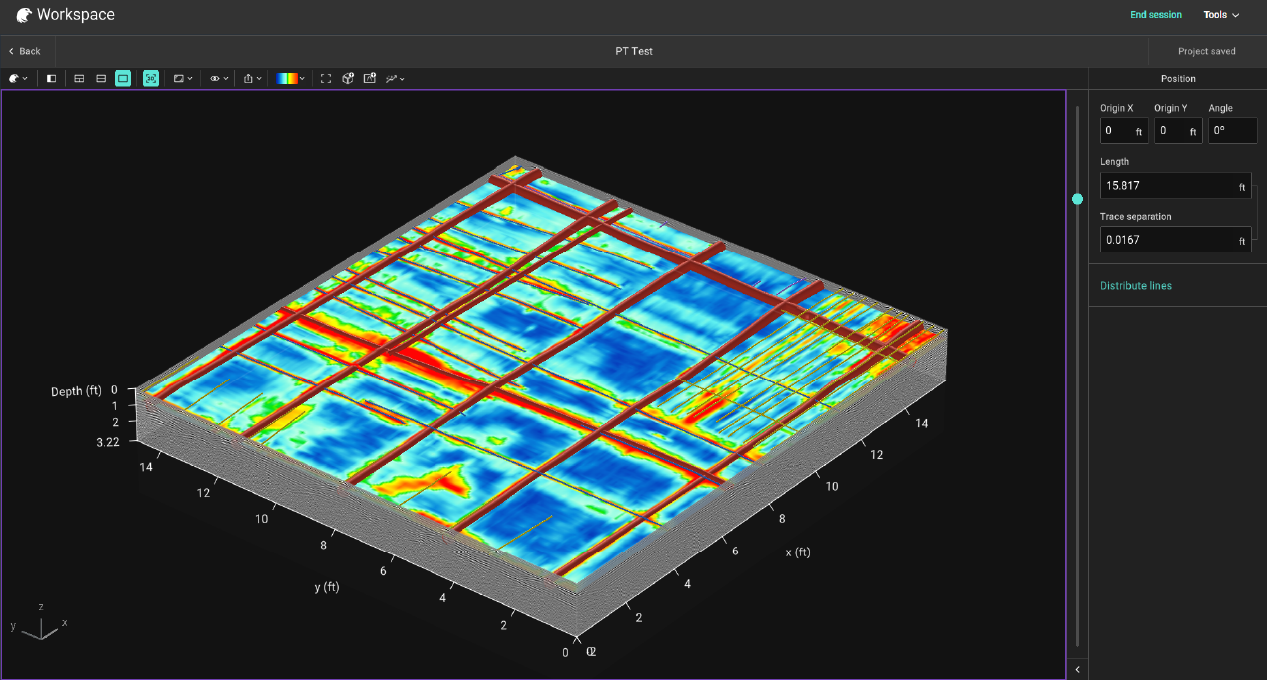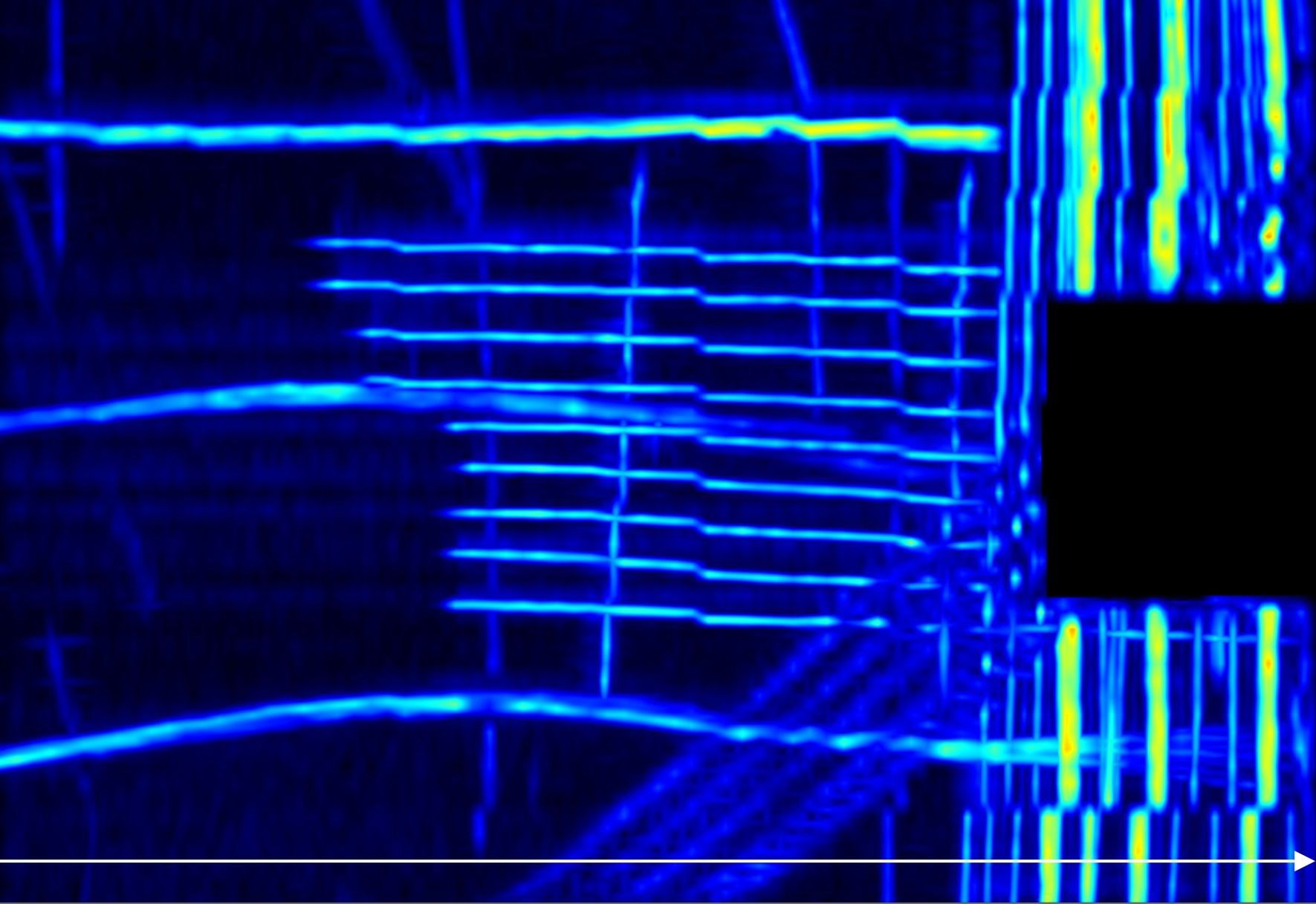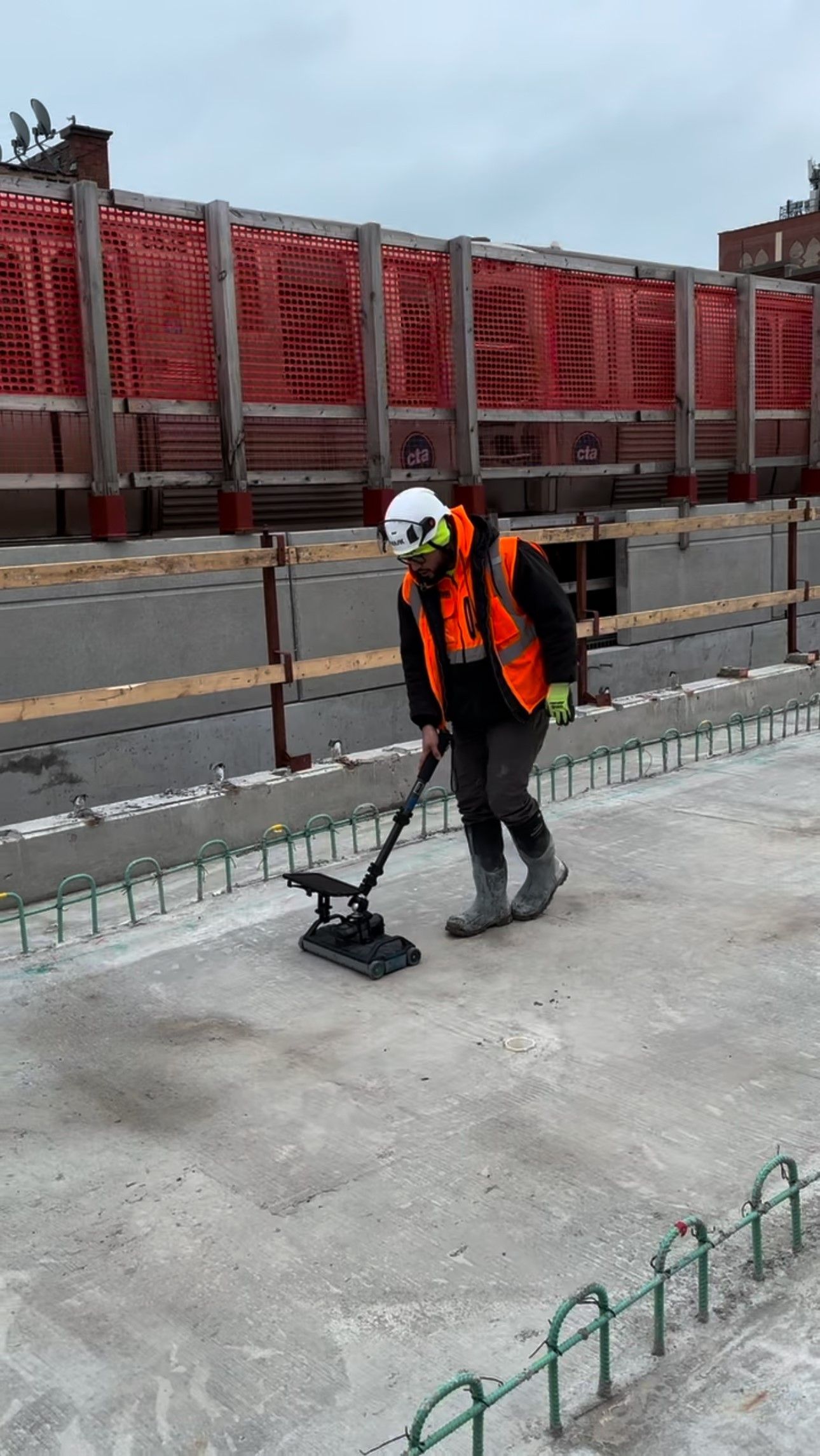Ground Penetrating Radar Cost: What to Expect
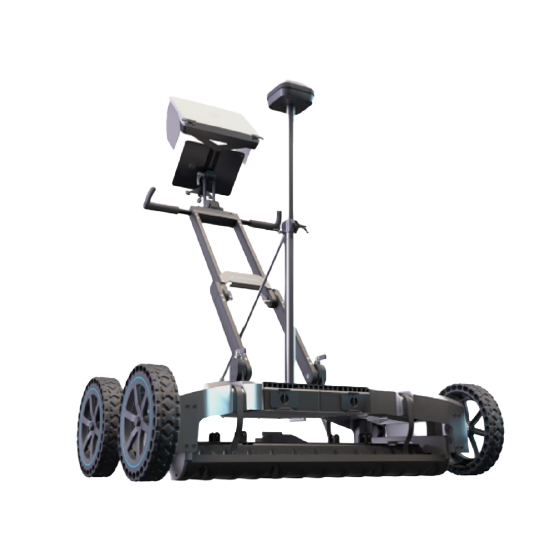
If you've ever waited days for a third-party scan or held your breath before coring into a slab, you already know the risks. Delays. Incomplete data. Wasted time. And worst of all, uncertainty.
That’s why more crews are rethinking how they handle scanning. Do you keep relying on outside vendors? Or bring it in-house and take full control of timing, safety, and outcomes?
GPR systems come in a wide range of prices, but the real value lies in choosing the right tool for the job. The right fit for your job and your crew means fewer delays, safer cuts, and better calls in the field.
Bringing GPR in-house changes the game. You decide when to scan. You get clear visibility into what’s below. You cut with confidence. No bottlenecks. No guesswork.
It’s an investment, but one that leads to fewer subcontractors, fewer surprises, and better control over every job.
What Impacts GPR Equipment Cost
Several key factors affect the cost of a GPR system:
- Antenna frequency and range: Higher-frequency systems designed for concrete scanning often cost less than lower-frequency, deep-penetration models used in geophysics or environmental work.
- Software features: Entry-level units might give you a basic real-time view, while advanced models include 3D data processing, reporting tools, and export options.
- Hardware quality: Ruggedness, portability, and battery life all factor into price.
- Training and support: Some vendors offer bare-bones sales. At GPR USA, we offer expert training and long-term support, that adds value beyond the sticker price.
Prices can range from around $10,000 to over $40,000, depending on the system’s capabilities and the kind of work you're doing.
Comparing Entry-Level and Pro Models
For light or occasional use (say, scanning concrete slabs before coring) an entry-level system with a high-frequency antenna (like 1600 MHz) might be all you need. These systems are typically more affordable and easier to operate, but they may lack deeper penetration and advanced analysis features.
Professional-grade models, especially those with modular antenna options or 3D imaging, are built for daily use and heavy field conditions. These systems come at a higher price, but they deliver better data quality, faster processing, and more flexibility across job types.
If you’re scanning more than once a week, or working in diverse environments, a pro system usually pays off faster.
One-Time Purchase vs. Long-Term Value: Understanding ROI
While purchasing a GPR system outright does require an investment, it pays for itself in reducing delays, avoiding utility hits, and bringing scanning capabilities in-house. Saving you time and money on every job.
Over time, the return on investment comes from:
- Lower outsourcing costs
- Fewer job delays
- Improved safety and reduced risk
- Faster project turnaround
And when you choose a system backed by solid training and repair support, your gear stays field-ready longer.
Choosing the Right GPR for Your Budget
At GPR USA, we help professionals choose the right system for their budget and work environment. We offer a range of Screening Eagle/Proceq models, from entry-level to advanced setups, and we back every unit with certified training and expert support.
Tell us what you’re scanning, how often, and what depth you need, and we’ll help you figure out what makes the most sense for your business.
Contact us for more information and get the clarity you need before making a GPR investment.

